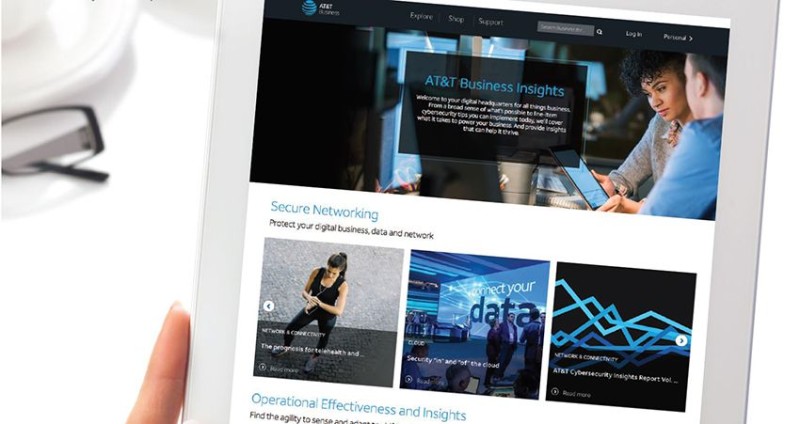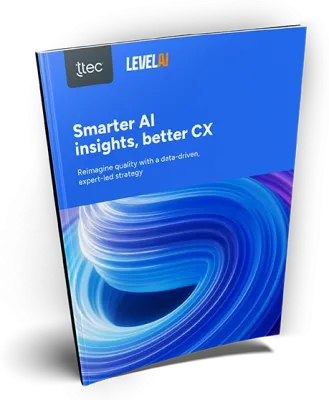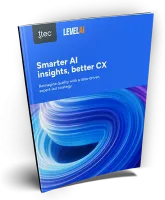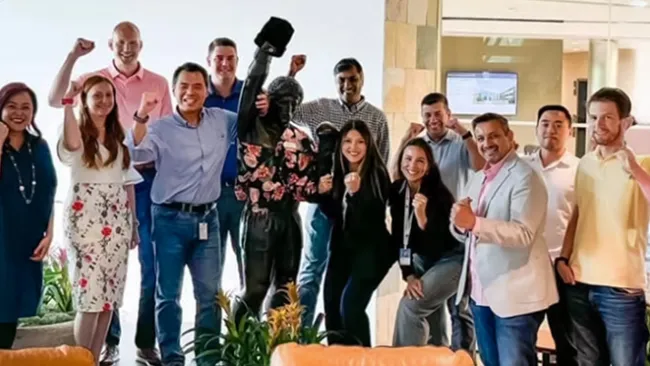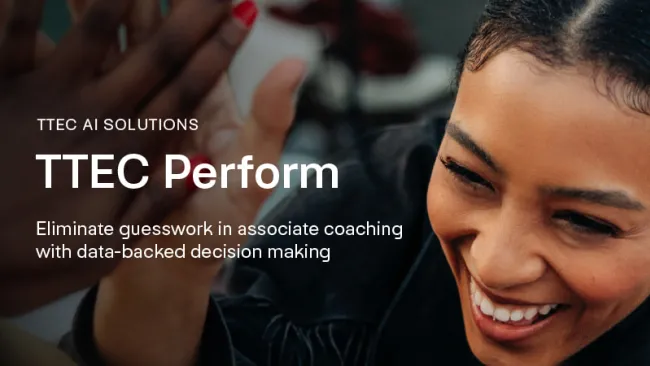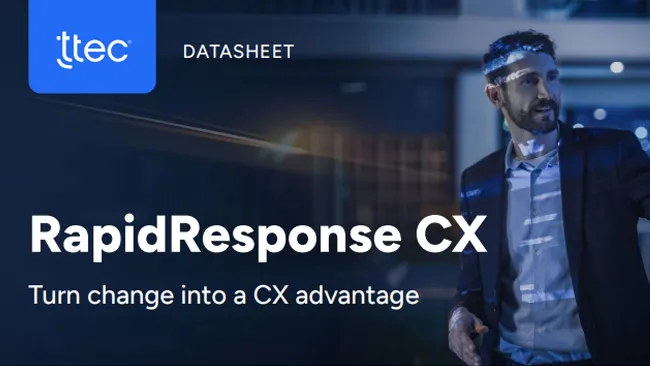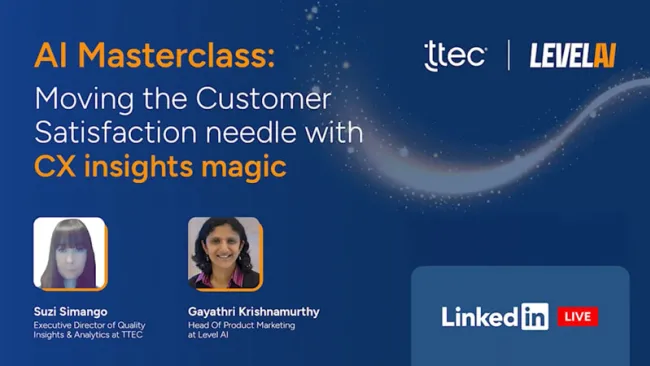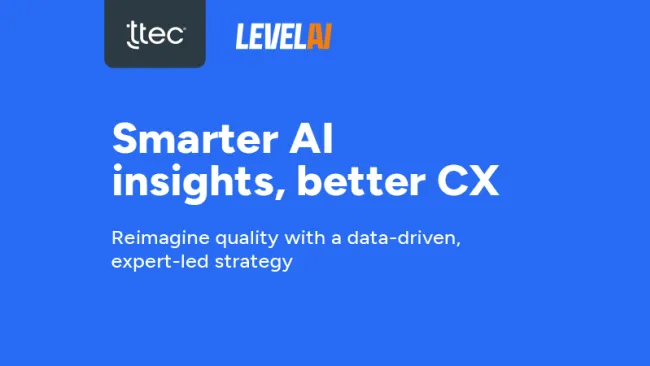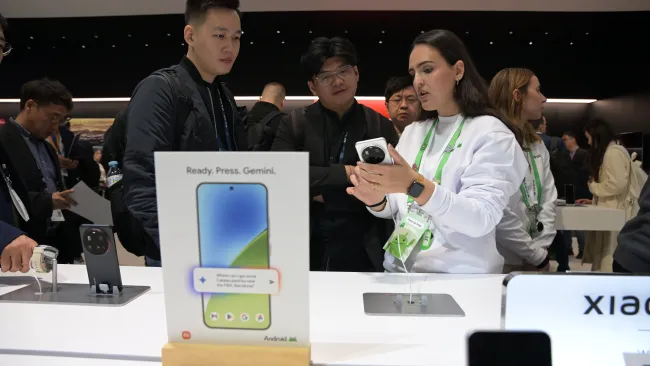AT&T is once again rethinking what’s possible. The telephone company is evolving into a media and technology powerhouse—it acquired Time Warner Inc. and DirecTV, and is developing IoT solutions among other moves. However, a few years ago, AT&T discovered that nearly half of its workforce lacked the cutting-edge skills needed to match the company’s transformational vision.
And so, back in 2013, AT&T launched an ambitious retraining initiative, known as Workforce 2020. It includes a career tool that allows employees to identify and train for new jobs and access a suite of online and traditional university courses.
Since then, AT&T, which employs about 250,000 people, has invested $200 million a year in internal training programs and $24 million annually on tuition assistance for external education.
As of publication, more than half of its employees have completed 18 million hours of courses in data science, cybersecurity, computer science, and other areas.
To get a close look at what an extensive transformational program entails, we caught up with Sorabh Saxena, EVP and president of global operations and services for AT&T Business. Saxena shared insights on the skills employees need to meet customer expectations; new jobs that have been developed; and how AT&T Business ties its transformation strategy to the customer experience.
What’s your role in the Workforce 2020 initiative?
Sorabh Saxena: I was one of the leaders that brought software-defined networking to AT&T, which meant a complete overhaul in which we moved our rack-and-stack [network] to software. It meant not only retraining an entire workforce, but also teaching both employees and our customers to look at the whole network of technology very differently.
And about a year ago, I was charged with taking the technology we had created and delivering it to our customers seamlessly, along with other technologies. The other key part of my job is that I’m responsible for the customer experience for AT&T Business. By listening to the voices of our customers, we know that they want speed, simplicity, integrated experiences, and for us to be predictive and proactive.
What skills are you looking for to meet your customers’ demands, and have these skills also led to the creation of new roles?
SS: Here are the hard skills that I’m looking for: Agile and Scrum delivery methods, data science and business intelligence, data analytics, software-defined networking, and everything [related to] automation.
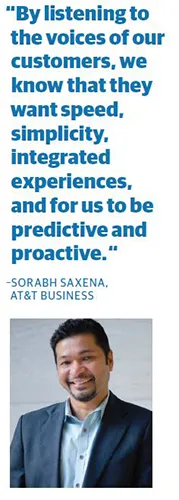
And as you’ve noted, we’re in the midst of massive change. So, one of the things I’ve done is not have the traditional project management office. Instead, we’ve made a transformation management office, or TMO. A TMO is necessary because just managing a project isn’t enough—we have to deliver results that require change management and transformation. Another important part of this is customer-driven measurements. We moved away from just measuring internal key performance indicators and toward customer experience metrics.
Which customer experience metrics are you measuring?
SS: We’re measuring things like the Net Promoter Score and customer satisfaction, of course, as well as first call resolution and customer effort. Our mantra is that customer loyalty and propensity to spend is more directly linked to reduced customer effort than customer satisfaction alone. That’s why the pinnacles of our experience transformation are speed, simple, integrated experience, predictive, and proactive care.
What’s an example of delivering an integrated experience?
SS: Say a business with massive global scale buys a solution from us and the solution has several components. They might buy from us a broadband connection, a VPN connection, devices, software, managed services, etc. And if they call us for help, it doesn’t matter who takes the call. That person has to own it as a concierge with a customer-first mindset and work with the other parts of our organization to present a singular face.
How is AT&T helping its employees have a customer-first mindset?
SS: Apart from taking hard skills classes, there’s a cultural shift where we’ve created change managers and cultural evangelists, and most important, local champions. Local champions are basically the change agents at the frontlines who are passionate about our cultural pivot. And at the central transformation management office, we’re providing playbooks for the cultural shift and we have local champions who are helping apply those guidelines at the frontlines.
How do you select a local champion?
SS: We look for those who are always ready to take on more than their assigned responsibilities. Are you looking to solve problems? Are you always trying to move the ball forward? Are you an influencer in your community? We detect all of that based on a rigorous set of assessments through multiple channels, such as peer group feedback, manager feedback, and participation in our internal social platform.
How often do you check in to make sure you’re aligned with the customer?
SS: We do more than a million transactional and branded surveys every year with customers just in AT&T Business. Every month, everyone on my team gets the input. There’s a generic input and specific individualized input. We know exactly which individual worked on which project, which has helped us build a transparent culture.
Besides surveys, what types of input do you use to determine what’s needed to keep up with customer demands?
SS: We take the voice of the customer data and merge it with the results from our employee surveys, then infuse it with analytics, including external benchmarks. Then we build these 360-degree transformation playbooks that lay out—based on the input—what the vision is and what we need to improve. We then build a business case, stakeholder it, and then build an implementation plan that includes people, process, technology, and culture. Like the four legs of a stool, every implementation plan must include those four components.
Then as we deliver those changes, we have local champions deploying it and the cycle is complete when we do surveys on those changes that we’ve implemented. It’s a rigorous framework that continually evolves and is flexible enough to take all the changes as they come and deliver results.
Does this mean you’re also using algorithms to generate new jobs?
SS: Essentially yes, these algorithms are infused with the input of the voice of the customer and the employee and the framework tells us what’s needed. For example, it told us to change the change management office to the transformation management office. It told us that on software-defined networking, we needed a master lead engineer role, which did not exist before.
As for reskilling, it’s an opt-in model for taking the courses. We have an internal portal called Personal Learning Experience that’s customized to individuals based on their past work, interests, and manager feedback. There they can take the courses at their own pace. All the input then goes into another portal, the My Career portal. This is where your employee skills and learning history shows up. It’s also a critical component of end-of-year decisions and promotion or lateral opportunities.
When we create new roles, we publicize it and people use the portals I just described to apply. We then select the person who’s the best fit, based on the elements we just touched upon.
What results have you seen since implementing these customer-focused changes?
SS: I’d say the proof is in the pudding. We won two of the three J.D. Power’s 2018 U.S. Business Wireline Satisfaction awards, whereas in the previous year we didn’t win any. Also, our customer NPS has jumped 9 points from 2015 to 2018.
And just recently, we received the User’s Choice award at the World Communications Awards, which is based on the results of an independent customer survey in the business telecom market. We see all of this as an indication that our customer-centric approach to global operations and service is absolutely working.

